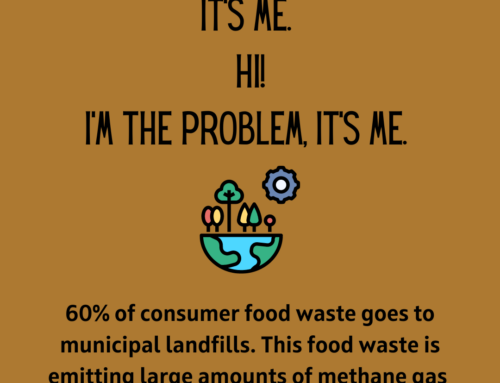The new school lunch regulations have been reported this week as a “fix” for the poor eating habits of our children, but will it work? I’m a fan of the school lunch program, and feel it serves two purposes: 1) To provide a balanced meal (adequate in calories, low in saturated fat and sodium) to thousands of school children each day in any given school district, and 2) To teach basic balanced nutrition principles to school children.
The USDA nutrition guidelines have always been appropriate, and while one may argue that canned green beans aren’t as ideal as fresh ones; or that “tater tots” aren’t as ideal as freshly mashed potatoes, the nutrient argument doesn’t really stand. The entire country can’t eat the “perfect lunch”, especially since there absolutely is no one definition, food-wise, of “perfect”. The federal school lunch program has been criticized for years, just as most college cafeterias and hospital cafeterias are often ridiculed. “Quantity Food Production” is just not the same as coordinating food for an intimate cafe, your home kitchen, or a restaurant. For the exception of foods like soup, in my opinion, there is always going to be some quality sacrificed when large quantities are prepared.
There’s no question that many kids have poor eating habits – they skip breakfast, they eat too much junk food, they don’t eat their vegetables. But does this really sound much different than what the kids you hung out with in grade school and high school were doing thirty years ago?

While grade school kids may be more receptive, there is a certain pattern that most adolescents fall into – they follow the behaviors of their peers. Even if they were raised with healthy eating in the household, some things may change once they are in school. This often includes eating. A young girl may make a comment at lunch “Oh, I can’t touch that bun” and the next thing you know, the girl next to her is peeling the bread from her peanut butter. Boys may decide that “milk is for little kids” and start drinking cola or iced tea for lunch (even though they still need it to build stronger bones).
While regulations may help encourage better food choices in grade-schoolers, there must be some understanding of typical adolescent behavior when considering what flies in middle schools and high schools. Trusting that healthy eating habits modeled early in life will “come back” once they are young adults or older, can keep things in perspective.
One of the goals of the new regulations are to increase the fruit and vegetable offerings for school-age children. This is a great goal, but this video is an eye-opener, showing the amount of good food (mostly fruits and vegetables) that goes right into the garbage can (hence the title of this post). Some of it isn’t even opened or touched, but is just thrown away. If you talk to a school food service director, you can also get another perspective as to how difficult it is to meet the new guidelines while keeping lunch affordable.
There is more to the problem (problem = poor eating habits of children aged 2-18) than just the school lunch. I’m all for exposing children to more vegetables and a variety of healthy foods, but children also need to be eating properly at home, and be sent to school with a full stomach (so they aren’t starving, and still hungry after lunch). This is the parents’ responsibility.
Beverage choice is another important issue – soft drinks, and “functional” drinks (like “energy drinks”, “vitamin” waters, etc) are displacing the milk and water, and probably some healthy food, that children actually need. Children have access to these alternative beverages both at home and sometimes at school. Children aged 9-18 need four servings of dairy daily, but most of them aren’t getting it.
While it’s noble to want to improve the health and body weights of the nation’s children, as a nutrition professional who knows how long behavior change takes, there’s no way there’s going to be an overnight change in the eating habits, or health, especially in someone who hasn’t been exposed to vegetables and balanced eating at home. And, I’m not sure it’s realistic to expect a 15 year old to eat a cup of broccoli either. It’s just not what most 15-year olds do.
For long-term impact, we may need to modify not only the school lunch room, but every classroom in the schools. Health and good nutrition need to be weaved into the curriculum, and adults need to model healthy behaviors. As long as we have mega dollars put into glamorous advertising campaigns and for bogus beverages such as Monster and the like, this is going to be a hard sell (maybe kids get too much say in the matter, but that’s another story).
The school lunch program changes may help a little, but overall eating behavior change needs to happen over time, through education, so that the students will want to choose a healthier beverage or a food. Force-feeding it to them isn’t going to work, but it sure will fill up a whole lot more garbage cans.
What do you think?




